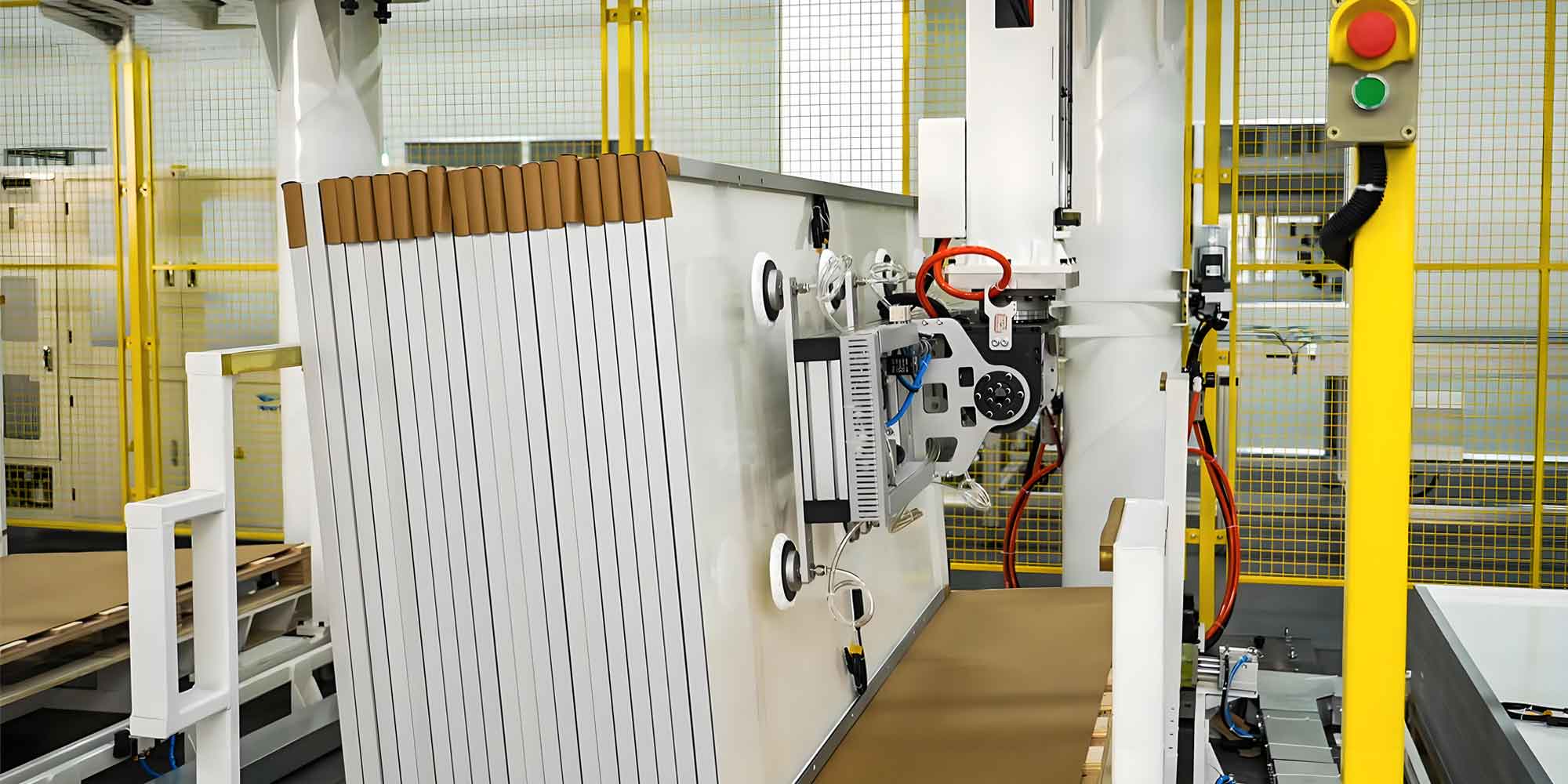Photovoltaic energy storage inverters play a critical role in modern renewable energy systems by addressing the intermittency of solar power generation. This paper presents comprehensive research on control strategies for three-phase LCL-type energy storage inverters, focusing on Maximum Power Point Tracking (MPPT) optimization, active damping control, and hybrid PI-repetitive control implementation.

1. Enhanced MPPT Algorithm for Photovoltaic Systems
The mathematical model of photovoltaic cells under varying irradiance conditions can be expressed as:
$$I_L = I_{ph} – I_o\left[\exp\left(\frac{q(U+I_LR_s)}{AkT}\right)-1\right] – \frac{U+I_LR_s}{R_{sh}}$$
Key parameters for photovoltaic cell modeling are summarized in Table 1:
| Parameter | Value |
|---|---|
| Maximum power (Pmax) | 266W |
| Open-circuit voltage (Uoc) | 43.6V |
| Short-circuit current (Isc) | 8.35A |
| Voltage at Pmax | 35V |
The proposed CS-INC hybrid algorithm demonstrates superior performance in tracking speed and accuracy compared to conventional methods:
$$x_i^{t+1} = x_i^t + \alpha \oplus L(\beta)$$
$$L(\beta) = \frac{\mu}{|\nu|^{1/\beta}}\Gamma(1+\beta)\sin(\pi\beta/2)$$
2. LCL Filter Design and Active Damping Control
The three-phase energy storage inverter’s LCL filter parameters are calculated using:
$$L_1 \geq \frac{U_{dc}}{8\Delta I_{max}f_s}$$
$$C_{max} = \frac{5\%P}{3\times2\pi f_0U_S^2}$$
| Component | Value |
|---|---|
| Inverter-side inductor (L1) | 2mH |
| Grid-side inductor (L2) | 0.5mH |
| Filter capacitor (C) | 5μF |
The active damping control strategy achieves equivalent performance to passive damping through virtual impedance compensation:
$$Z_{eq}(s) = Re^{-1.5T_ss}$$
$$\zeta(\omega_r’) = \frac{K_{PWM}K\cos(1.5\omega_r’T_s)}{2(L_1\omega_r’ – K_{PWM}K\sin(1.5\omega_r’T_s))}$$
3. Hybrid PI-Repetitive Control Implementation
The improved control structure combines fast dynamic response with harmonic suppression:
$$G_{ORC}(z) = \frac{Q(z)z^{-N/2}}{1 – Q(z)z^{-N/2}}$$
$$C(z) = K_rz^MS(z)$$
Frequency adaptive control uses fractional delay filters for grid synchronization:
$$z^{-F} \approx \sum_{k=0}^n h_k(F)z^{-k}$$
$$h_k(F) = \prod_{\substack{m=0 \\ m\neq k}}^{n} \frac{F – m}{k – m}$$
| Control Strategy | THD (%) | Settling Time |
|---|---|---|
| Conventional PI | 3.25 | 45ms |
| Improved PI-Repetitive | 0.52 | 26ms |
| Frequency Adaptive | 0.46 | 12ms |
4. Experimental Validation
The 10kW energy storage inverter prototype demonstrates excellent performance under various operating conditions:
$$U_{dc} = 800V \pm 1.5\%$$
$$\Delta I_{bat} < 2.5\% \text{ during load transients}$$
Key experimental results validate the effectiveness of the proposed control strategies in maintaining grid-connected power quality while ensuring stable energy storage system operation. The frequency adaptive PI-repetitive control shows particular advantages in handling grid frequency variations between 49.6Hz and 50.4Hz.
This research provides comprehensive solutions for optimizing energy storage inverter performance, addressing critical challenges in renewable energy integration. The proposed methods significantly improve system stability, harmonic suppression, and dynamic response, making them particularly suitable for modern smart grid applications requiring high power quality and reliability.
